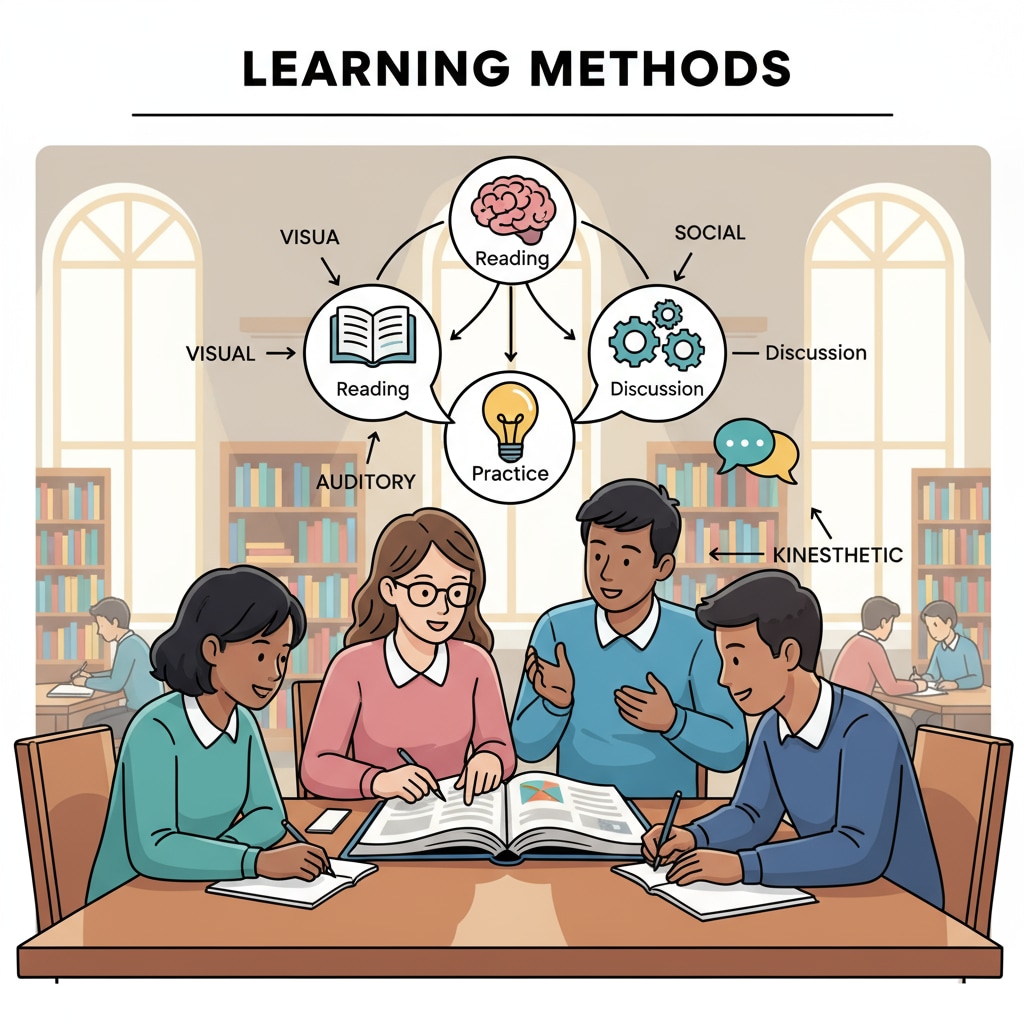In the realm of education, the pursuit of high scores, especially those above 90%, is a goal shared by many K12 students. Effective learning methods play a pivotal role in attaining such remarkable academic achievements. Understanding these methods not only helps students master the curriculum but also equips them with skills for lifelong learning.

The Foundation of High-Scoring Learning
At the core of achieving high scores is a solid foundation. This involves having a clear understanding of the basic concepts in each subject. For example, in mathematics, mastering arithmetic operations and algebraic principles is essential before moving on to more complex topics. According to Britannica, a strong foundation provides a framework upon which further knowledge can be built. Without this base, it becomes difficult to grasp advanced concepts, let alone score above 90%.

Strategies for Active Learning
Active learning is a key strategy for achieving high scores. Instead of passively listening in class or reading textbooks, students should engage actively with the material. This can be done through methods like asking questions, participating in discussions, and teaching the concepts to others. As stated on Wikipedia, active learning promotes deeper understanding and better retention of information. For instance, forming study groups where students can explain and debate ideas helps solidify their knowledge and identify areas that need further improvement.
Another aspect of active learning is using different learning modalities. Some students are visual learners, while others are auditory or kinesthetic. By identifying their dominant learning style and incorporating relevant techniques, students can enhance their learning experience. For example, visual learners can benefit from using mind maps and diagrams, while auditory learners may find listening to lectures or discussions more effective.
Readability guidance: Notice how we use short paragraphs to convey ideas clearly. Each point is presented simply, and we’ve included external links to reliable sources. Transition words like ‘for example’ and ‘another’ are used to make the flow smooth.


